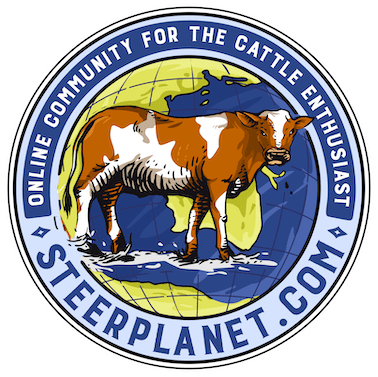Shorthorns4us
Well-known member
Ok, so my husband has been working on getting our farm plans updated at the NRCS office for next year and yesterday they pull out a new document informing farmers that US Fish and Wildlife Service has amended how to handle this endangered species in our area of Iowa. This animal has been on the list for awhile, but now they are upgrading how to handle this little guy.
I have had a little time to research what they are doing in my part of Iowa, but basically what I am asking everyone with their experience in working with the NRCS, DNR, US Fish/Wildlife on making changes to your own property with these rules in play.
This rule now says we can't do any tree clearing without notifying NRCS. - Clean ups, fencelines, etc.
I am going to read more about this and I want to be objective and try to get along with the Feds to help this little bat, but I don't want to have to wait months to get the ok to clean up brush and fencelines and the like.
Has anyone else dealt with this in their area and did they make you wait to get approvals or was it a quick process?
What other headaches can we expect dealing with endangered species habitats.
Thanks
Emily Ford
I have had a little time to research what they are doing in my part of Iowa, but basically what I am asking everyone with their experience in working with the NRCS, DNR, US Fish/Wildlife on making changes to your own property with these rules in play.
This rule now says we can't do any tree clearing without notifying NRCS. - Clean ups, fencelines, etc.
I am going to read more about this and I want to be objective and try to get along with the Feds to help this little bat, but I don't want to have to wait months to get the ok to clean up brush and fencelines and the like.
Has anyone else dealt with this in their area and did they make you wait to get approvals or was it a quick process?
What other headaches can we expect dealing with endangered species habitats.
Thanks
Emily Ford
